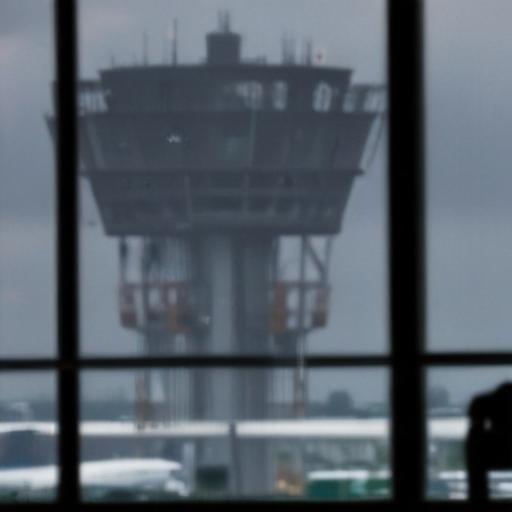Radar systems at Newark Liberty International Airport experienced another outage early Friday morning, causing significant disruptions for air traffic controllers and numerous flight cancellations. The incident occurred around 3:55 a.m., when controllers reported that their radar screens went completely dark, creating a communication dilemma with aircraft in the area.
During this brief outage, which lasted approximately 90 seconds, controllers were heard instructing a FedEx flight to inform their company to exert pressure on resolving the issue. Another controller advised a private jet arriving from Cyprus to maintain altitude at or above 3,000 feet due to the radar failure.
The Federal Aviation Administration (FAA) attributed the outage to a telecommunications problem affecting radar displays and communication at the Philadelphia TRACON, an air traffic control facility that oversees operations at Newark. This event follows a similar outage that took place on April 28, which prompted significant operational disruptions and led some controllers to walk off the job. This prior incident also resulted in cascading delays and cancellations as air traffic came to a halt during the blackout.
As a result of the latest outage, Newark Airport experienced 27 flight cancellations or delays by 6 a.m. Friday. Congressman Josh Gottheimer is scheduled to hold a press conference to advocate for immediate action to address the ongoing air traffic control issues.
In response to these repeated challenges, Transportation Secretary Sean Duffy announced a comprehensive plan aimed at modernizing the air traffic control system over the next three to four years. The plan, which is estimated to cost around $15 billion, involves implementing advanced fiber, wireless, and satellite technologies. Duffy expressed commitment to resolving these issues, assuring the public that the government is focused on building a more reliable air traffic control framework while managing the existing system during the transition.
This situation highlights the critical need for infrastructure improvements within the nation’s air traffic control systems, emphasizing the importance of technological upgrades to enhance safety and efficiency in aviation operations.
The importance of addressing these systemic issues cannot be overstated, as these upgrades could ultimately lead to a more reliable air travel experience for millions of passengers across the country.
